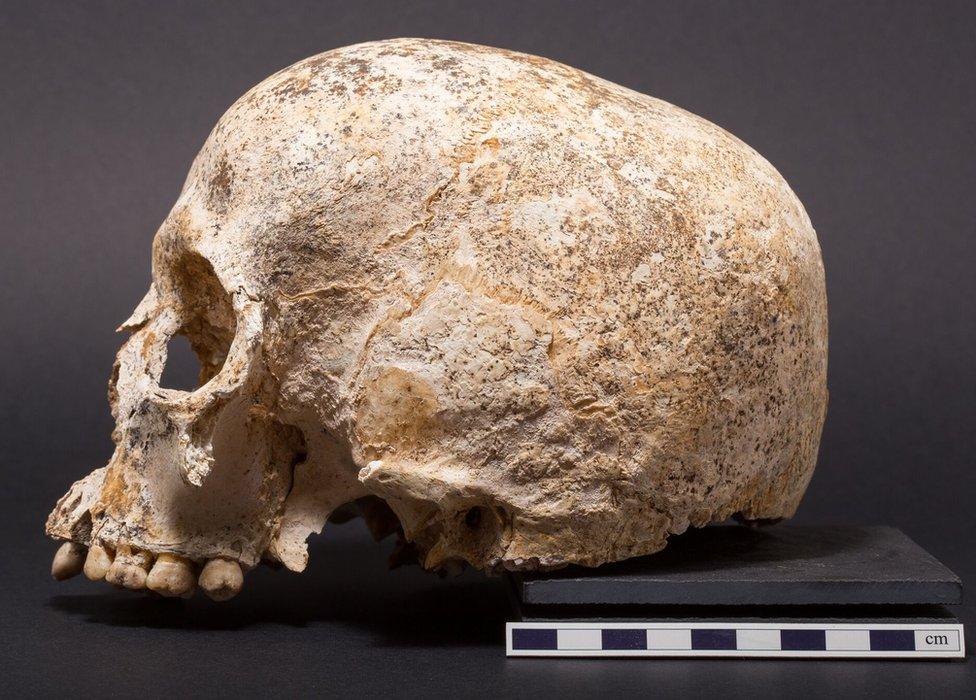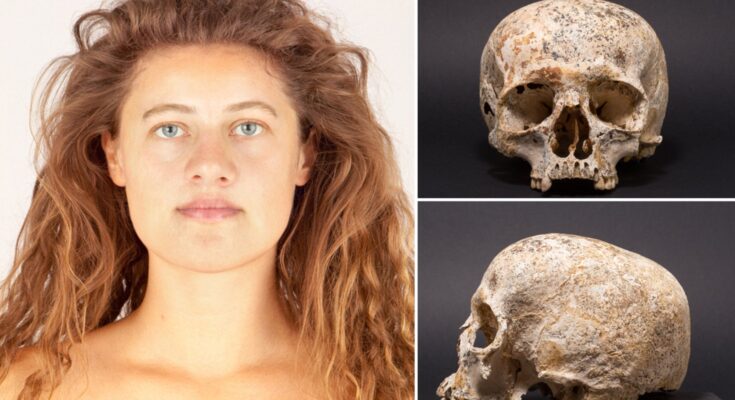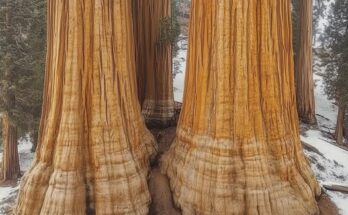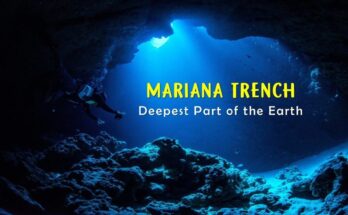Facial reconstruction of Eva, also referred to as Ava, she was a Bronze Age woman whose remains were discovered in a rock-cut tomb at Achavanich, in the Scottish Highlands. Her burial site and subsequent studies have provided invaluable insights into life in Britain over 4,000 years ago. She is believed to have lived around 4,250 years ago during the early part of the Bronze Age, a period marked by significant advancements in technology, particularly metalworking.
Discovery of Eva.
Eva’s burial site was found in 1987 at Achavanich, a horseshoe-shaped arrangement of standing stones in Caithness, Scotland. Her remains were discovered in a rock-cut pit that had been carefully prepared, a sign of her community’s respect for her. The tomb contained skeletal remains along with grave goods, such as distinctive Beaker pottery, which is associated with the Bell Beaker culture.
Eva was part of the Bell Beaker culture, a widespread archaeological culture known for its characteristic pottery and metalwork, particularly copper and bronze tools. This culture spread across much of Europe, bringing technological and cultural innovations. Bell Beaker communities were also known for their distinctive burial practices, which often involved individual graves with grave goods that reflected the deceased’s status and role in the community.

In 2016, Eva’s remains underwent extensive analysis, which provided a deeper understanding of her life and times. Isotopic analysis of her teeth suggested that she consumed a diet typical of the region, which included local plants, animals, and possibly some marine resources. DNA analysis indicated her ancestry was primarily from the Neolithic farming populations of Europe, with some genetic contributions from incoming Bell Beaker migrants.
One of the most compelling outcomes of the research was the facial reconstruction of Eva. Using her skull as a foundation, experts created a digital reconstruction that offers a glimpse into her appearance. She likely had light skin and dark hair, features consistent with other individuals from the Bell Beaker period in Britain.
Eva’s skeletal remains revealed she was a young adult at the time of her death, possibly in her late teens or early twenties. There were no clear signs of disease or trauma, so the cause of her death remains unknown. Her burial in a carefully prepared grave, along with grave goods, indicates she may have held a significant role or status within her community.
The area of Achavanich is itself an intriguing archaeological site. The arrangement of stones and the presence of Eva’s grave suggest that the location held ceremonial or social importance. The Bell Beaker people are known to have constructed and used such sites for rituals, gatherings, and burials.
Eva’s story is a testament to the rich history of the Scottish Highlands and the interconnectedness of prehistoric European cultures. Her discovery continues to provide insights into the lives of Bronze Age communities and their practices, shaping our understanding of this fascinating period in human history.



